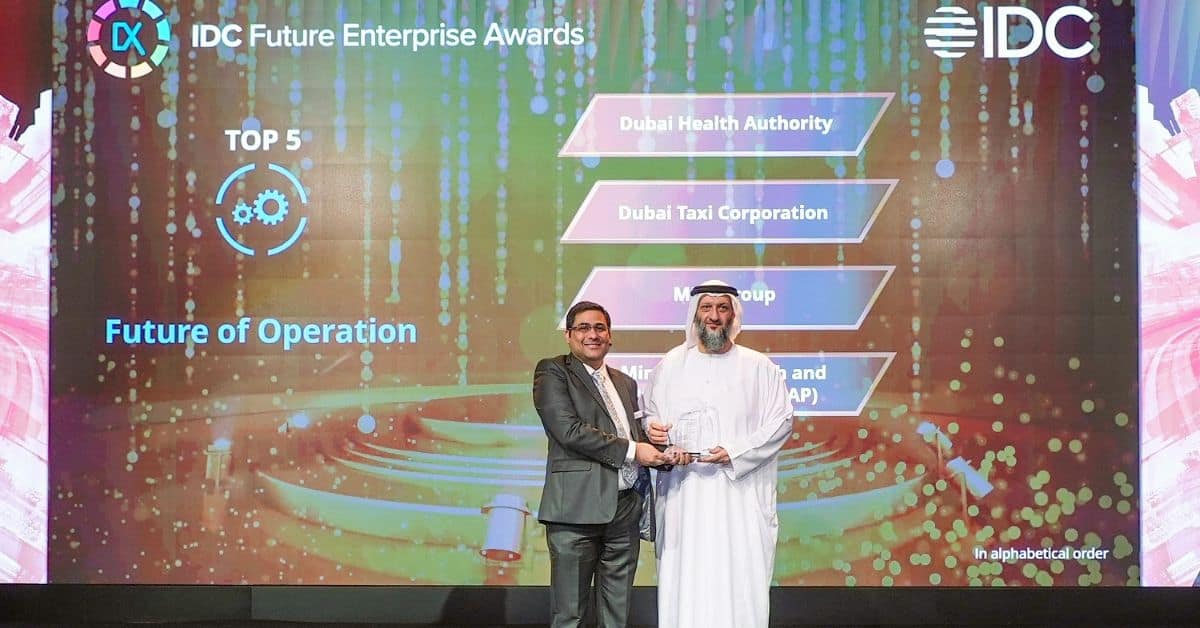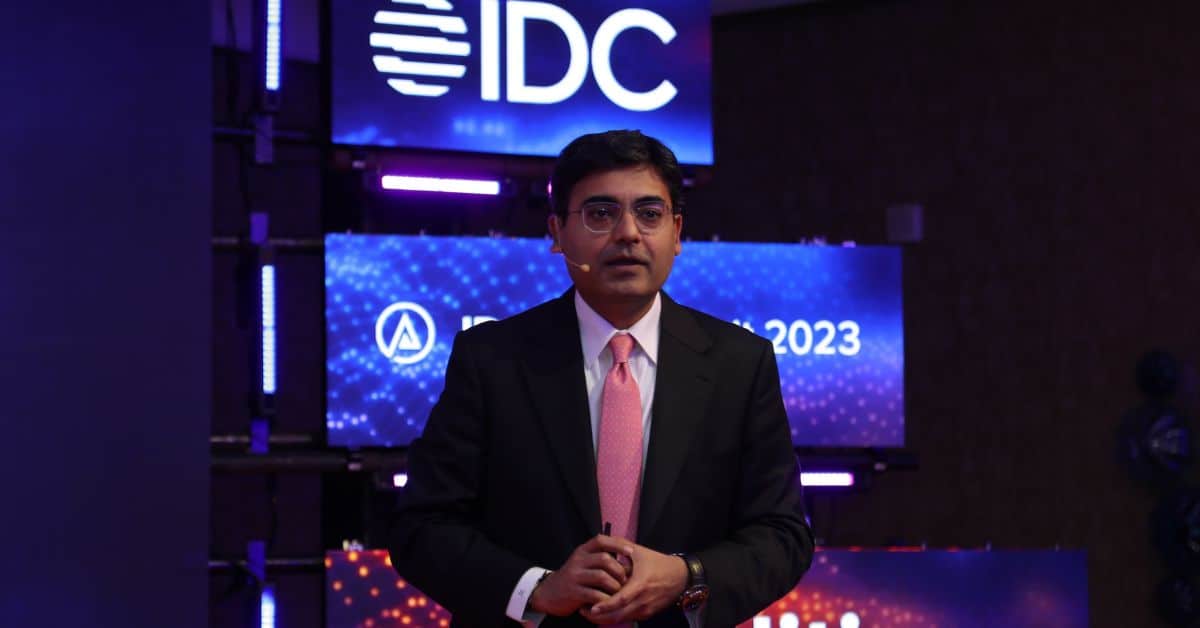DUBAI, UAE — As tech disruption continues, coupled with significant economic headwinds, it is crucial for Chief Information Officers (CIOs) to have clarity on what they need to prioritize to create an environment that will facilitate long-term sustainable innovation.
“Organizations are cautious as they plan for 2023. There is a huge focus on reprioritizing tech investments with focus on three key areas,” said Jyoti Lalchandani, Group Vice President and Regional Managing Director for IDC Middle East, Türkiye, and Africa.
The three priorities, according to Lalchandani, include:
- Leverage technology such as automation, artificial intelligence (AI) etc to build efficiencies, especially at the backend.
- Leverage data and analytics with a view to not only mine but make sense of and use data to take informed decisions. Organizations are looking at data as strategic asset that will help them to create new revenue streams, which is also leading to interesting ecosystem-based partnerships.
- Reprioritizing tech projects in the context of rationalization as organizations look inward to seriously evaluate tech dollars spent in the past couple of years especially since the pandemic particularly driven by remote working which was a major pivot. Organizations are now rethinking of ways to cut back some dollars to reinvest in areas expected to drive long-term innovation.
Having data and access to technologies and tools are great. But are CIOs focussing enough to enable the human capital to optimally leverage these tech pieces and data? “Absolutely,” said Lalchandani.
“It’s a key focus area. There are two ways of looking at it. One is what kind of skills are required within the IT department. The other is how to upskill/reskill people within the organization to use technology in a better manner,” he explained. “What we are seeing, however, is a gap in the demand and supply of relevant skills.”
What that means is when considering certain emerging technologies — such as AI, enterprise architecture, cybersecurity, mobile platforms, big data and analytics — there is a significant shortage of IT skills in this region and globally. Therefore, there would be a continued momentum to attract and retain these skills particularly within IT organizations, he added.
Today’s innovation today is tomorrow’s stale news
While there are many upsides of a dynamic ecosystem, a downside is the rapid pace at which today’s innovation becomes tomorrow’s stale news.
Are CIOs ready and willing to make continued investments to remain on top of the game by ensuring constant innovation?
“It’s not a matter of choice,” Lalchandani said. “We live in a highly disruptive world where an organization’s next biggest competitor may not even be of the same size or scale. The only way to survive and stay ahead is through constant innovation and use technology as a competitive advantage.”
Every sector — be that financial services, retail or public sector services — is being disrupted by new digital business models. The rise of the digital economy is, in fact, one of the hottest tech trends shaping investments in 2023.

“We are seeing a growing focus across the region to develop the right infrastructure, innovation platforms, and skills required to support the expansion of digital businesses. To set themselves apart in an increasingly competitive market, organizations need to leverage infrastructure, data, and skills alongside critical technology enablers such as 5G, cloud, and AI to name but a few. Only then will they be able to successfully reinvent their business models, create new customer experiences, and collaboratively drive innovation with their partners,” said Lalchandani.
Many challenges, yet much excitement
One area that certainly can’t be ignored is whether amidst the major pandemic-driven pivot of flexible working environment CIOs are prepared to handle structural changes from a security point of view.
The answer would be ‘no’ two years ago, Lalchandani said. “At the start of the pandemic, one of the massive challenges for CIOs was to deal with a distributed infrastructure and workforce which happened almost overnight. Partners, customers, and employees were scattered all over the world. Hence, significant investments have been made to improve cybersecurity. In fact, over the past couple of years cybersecurity led investments have grown by double-digit.”
There will be sustained investments in this area especially as IDC research indicates that 100 percent on-site working will not happen just yet or in the distant future. Hence, organizations are ramping up investments to have full visibility of connected devices irrespective of location, as well as in cloud security that’s growing in the excess of 25-26 percent annually.
At present, the total cybersecurity spending in the region is approximately US$4.8 billion with prominent spenders being the public sector (government-owned entities) followed by banking and financial services, telecom, oil & gas, and retail. While manufacturing, distribution, wholesale, education, and healthcare need to catch up.
“Overall spending on cybersecurity will grow between 8 percent-and-9 percent in 2023 across the region and across industries,” said Lalchandani.
Looking head, he said, “CIOs seem to be really excited about finding ways to leverage disruptive technologies such as AI tools. Automate certain areas to become more efficient, save costs, and reinvest in areas that will drive further innovation. There’s also excitement about driving revenues from non-traditional business models and forming partnerships with companies outside the traditional ecosystem.”

